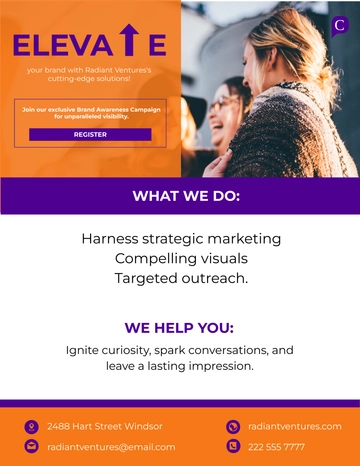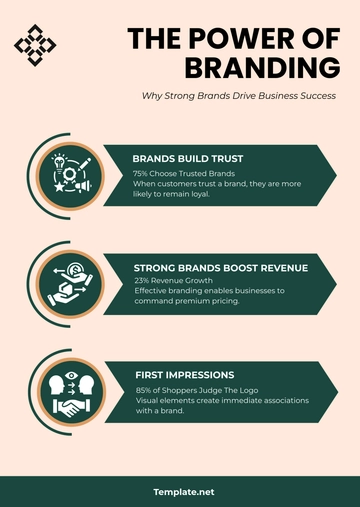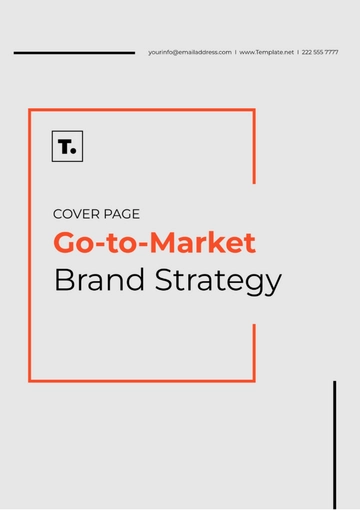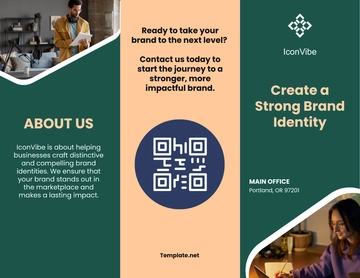Free Inclusion in Marketing and Branding Guide HR
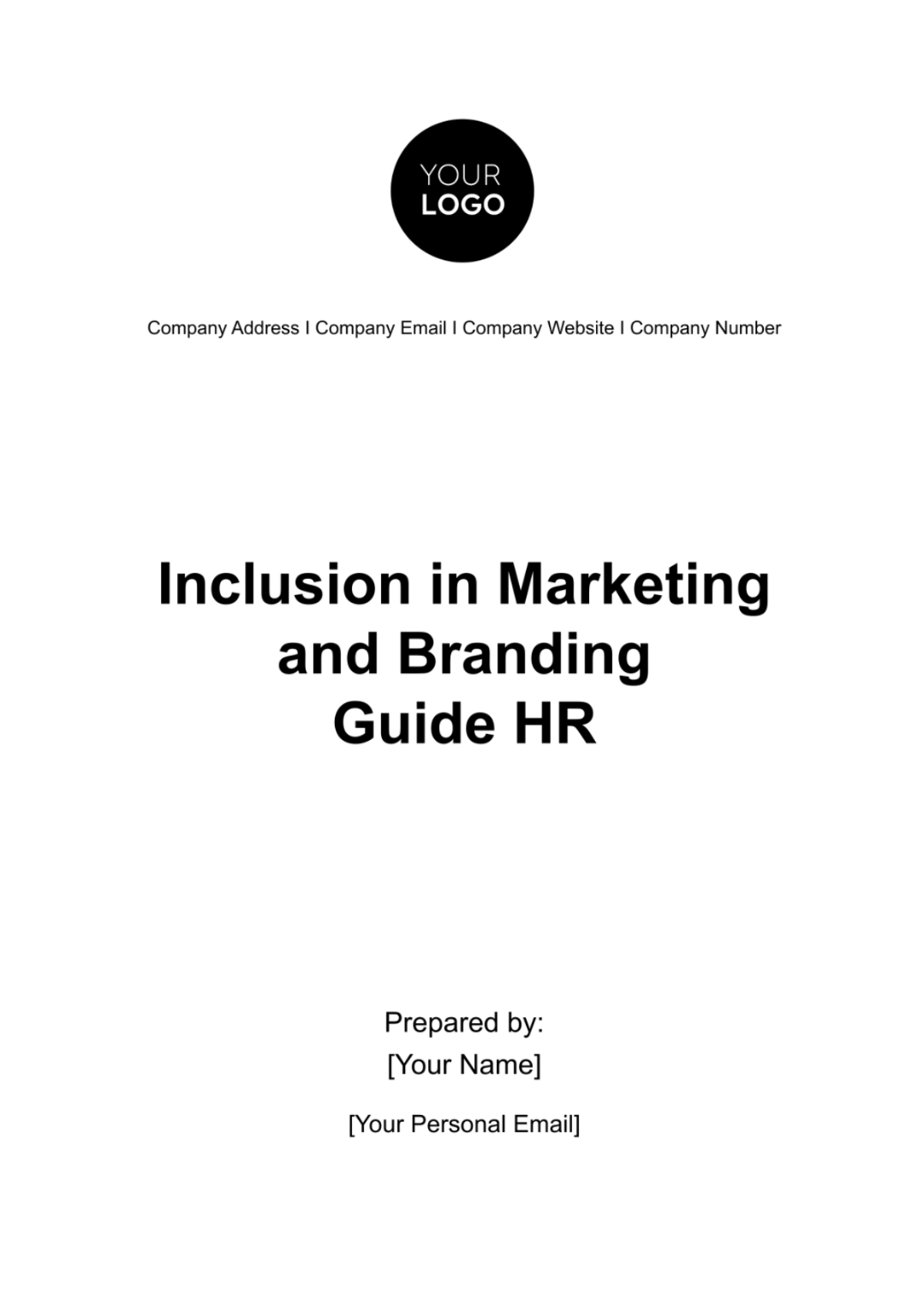
Branding Guide HR
Introduction
Purpose of the Guide
This guide serves as a comprehensive resource for [Human Resource Professionals] aiming to understand and implement inclusion in marketing and branding. It offers practical insights, strategies, and legal guidelines to promote diversity and inclusivity in your organization's branding efforts.
Importance of Inclusion in Marketing and Branding
Embracing inclusion is more than a social imperative; it's a strategic advantage. Inclusive marketing and branding foster trust, expand your audience reach, and align with the values of an increasingly diverse consumer base.
Legal Framework in the United States
In the United States, it's imperative to navigate marketing and branding within a robust legal framework. This framework encompasses federal laws such as the Civil Rights Act of 1964, which prohibits discrimination based on race, color, religion, sex, or national origin. Additionally, the Americans with Disabilities Act (ADA) mandates accessibility for individuals with disabilities, while the Fair Housing Act places restrictions on discriminatory advertising and housing practices.
Understanding Inclusion in Marketing and Branding
Definition and Key Concepts
Diversity vs. Inclusion
Aspect | Diversity | Inclusion |
Definition | Represents a wide range of human differences, including but not limited to race, ethnicity, gender, age, ability, sexual orientation, and more. | Goes beyond diversity; it is the practice of creating an environment where all individuals, regardless of their backgrounds or characteristics, are respected, valued, and given equal opportunities. |
Focus | Recognizes differences among individuals. | Actively embraces and leverages differences to achieve more meaningful outcomes. |
Participation | Involves having a diverse workforce or group. | Extends beyond diversity to ensure active involvement, collaboration, and a sense of belonging for all members. |
Atmosphere | Reflects the composition of a group or organization. | Cultivates an environment of respect, fairness, and equity where every individual feels welcomed and valued. |
Objective | Typically measured in terms of demographic statistics, such as the percentage of diverse employees. | Aims to create an inclusive culture that maximizes the potential of all individuals, fostering innovation and productivity. |
Benefits | Can enhance creativity and bring varied perspectives. | Leads to deeper employee engagement, trust, and better decision-making. |
Challenges | May result in a diverse but disengaged workforce if inclusion is lacking. | Requires proactive efforts to create a culture of inclusivity, which can be challenging but is essential for realizing the full benefits of diversity. |
Why Inclusion Matters in Marketing and Branding
Inclusion matters because it reflects the evolving social landscape and consumer expectations. When inclusion is infused into marketing and branding strategies, it ensures that every customer feels seen and heard. Inclusivity fosters a deeper emotional connection between your brand and its audience, generating trust and loyalty. It's not just a matter of ethics; it's a business imperative that aligns with the values of an increasingly diverse and socially conscious consumer base.
Benefits of Inclusive Marketing
Inclusive marketing opens doors to a broader and more diverse audience.
Inclusivity is a hallmark of authenticity. When consumers see your commitment to representing diverse perspectives and experiences, they are more likely to trust your brand.
Legal Considerations
Overview of Relevant Laws and Regulations
Civil Rights Act of 1964: The Civil Rights Act of 1964 is a landmark federal law that prohibits discrimination based on race, color, religion, sex, or national origin. In the context of marketing and branding, this means that any form of advertising or promotional materials must not discriminate against any of these protected characteristics.
Americans with Disabilities Act (ADA): The ADA mandates that businesses and organizations provide accessible goods and services to individuals with disabilities.
Fair Housing Act: This law ensures that advertisements related to housing are free from discriminatory language, imagery, or practices that could deter certain individuals or groups from seeking housing opportunities.
Avoiding Discrimination in Marketing and Branding
To comply with the law and maintain ethical standards, it is essential to use language and imagery in marketing and branding materials that are free from stereotypes and do not discriminate against any group. Avoiding harmful stereotypes and biases contributes to a more inclusive marketing approach.
Ensuring your marketing materials are accessible is not just a legal requirement but also a moral obligation. This involves providing alternative text for images, using readable fonts, and making digital content compatible with screen readers.
Data Privacy and Compliance
GDPR and CCPA Implications: If your marketing efforts involve collecting and processing personal data, you must be aware of international and state-specific privacy regulations such as the General Data Protection Regulation (GDPR) and the California Consumer Privacy Act (CCPA).
Handling Customer Data Ethically: Beyond legal requirements, ethical handling of customer data is essential. Be transparent about data collection and use, obtain consent where necessary, and implement robust data security measures.
Creating an Inclusive Marketing Strategy
Research and Audience Analysis
A fundamental step in creating an inclusive marketing strategy is understanding your target audience deeply. Conduct comprehensive research to identify their demographics, preferences, behaviors, and values. By gaining insights into your audience's diversity and unique characteristics, you can tailor your marketing efforts to resonate with them authentically.
Within your broader target audience, identify diverse segments that may have distinct needs or preferences. Recognize that diversity extends beyond surface-level characteristics and includes factors like cultural backgrounds, socioeconomic status, and life experiences.
Inclusive Branding Guidelines
Inclusive language is free from stereotypes, biases, and exclusionary terms. Inclusive imagery features a diverse range of people, accurately representing the demographics of your target audience. Provide specific examples and best practices to guide your marketing team in creating content that respects and celebrates diversity.
Train your marketing team to avoid stereotypes and biases in content creation. Stereotypes can perpetuate harmful misconceptions and alienate diverse audiences. Encourage critical thinking and sensitivity when crafting messages and visuals, ensuring that they reflect the richness of human experiences without resorting to clichés.
Inclusive Product/Service Development
Ensure that your offerings are accessible to individuals with disabilities. This may involve providing alternative formats, accommodating assistive technologies, or designing physical spaces and products that cater to diverse needs.
Tailor your products or services to address these variations. Consider offering customizable options, different sizing, multilingual support, or culturally sensitive features.
Collaborative Partnerships
Partnering with Diverse Influencers | Collaborate with influencers and ambassadors who represent diverse backgrounds and perspectives. Influencers can amplify your brand's inclusivity message and help you reach new, engaged audiences. However, ensure that partnerships are authentic and aligned with your brand values, avoiding tokenism. |
Collaborating with Inclusive Organizations | Collaborating with organizations dedicated to social equity aligns your brand with larger social movements and promotes positive change. |
Implementing Inclusive Marketing and Branding
Marketing Campaigns
Inclusive marketing campaigns aim to represent the rich tapestry of human diversity authentically. The following pie chart illustrates the diversity within our latest advertising campaign, highlighting the proportion of different demographic groups that are featured.
Diverse Representation in Advertising
Cultural Sensitivity in Content
Practice cultural sensitivity in all your marketing content. This involves understanding and respecting the cultural nuances of different communities. Avoid cultural appropriation and ensure that your messaging is considerate and appropriate for the various cultures you engage with.
Website and Digital Presence
Ensure that your website and digital content adhere to web accessibility standards. Make your online presence inclusive by providing alt text for images, using readable fonts, and ensuring compatibility with screen readers. Web accessibility standards are not only a legal requirement but also an essential part of providing equal access to all.
Multilingual and Multicultural Considerations
Recognize the linguistic and cultural diversity of your audience. Consider offering content in multiple languages, especially if your target audience includes non-English speakers. Adapt your content to various cultural contexts, demonstrating your commitment to inclusivity on a global scale.
Social Media Engagement
Inclusive Social Media Strategies
Develop strategies for social media engagement that promote inclusivity. Encourage diversity in the voices you feature and engage with on your social platforms.
Ensure that your social media content is respectful, free from biases, and welcoming to all.
Foster a sense of community that values diverse perspectives.
Handling Inclusivity Issues and Feedback
Acknowledge and address inclusivity issues that arise on your social media channels promptly and professionally.
Be open to feedback from your audience and use it as an opportunity for growth.
Engage in constructive dialogue and take corrective actions when necessary to maintain a positive brand image.
Measuring Success
Measuring the success of inclusive marketing and branding initiatives is a crucial aspect of ensuring their effectiveness and impact. In this section, we delve into the key metrics and performance indicators that provide valuable insights into the outcomes of your inclusivity efforts. By quantifying the results of your strategies, you can gain a deeper understanding of how inclusivity contributes to brand growth, customer engagement, and the broader goals of your organization.
Social Media Follower Growth
The line chart represents the growth in social media followers over the six-month period, allowing you to track the success of your inclusive marketing efforts in this particular metric.
Employee Inclusion and Brand Representation
Showcasing Diversity Internally
Employee Stories and Testimonials
By amplifying employee voices, you create a sense of belonging and inspire others to embrace their identities.
"The flexibility and understanding here are incredible. I've thrived in an environment that truly values diversity and supports every team member's unique journey." Sarah's story reflects our commitment to inclusivity and work-life balance, making [Your Company Name] an exceptional place to grow both personally and professionally.” – Sarah (Team Member)
Employee Resource Groups
Establish Employee Resource Groups (ERGs) that serve as safe spaces for employees with shared characteristics or interests. These groups offer a platform for networking, support, and advocacy. Encourage the formation of ERGs that celebrate diversity, such as groups focused on gender, ethnicity, LGBTQ+ inclusion, and more. ERGs not only foster inclusion but also contribute to innovative thinking and employee engagement.
Training and Development
Regular D&I training ensures that your workforce is equipped with the knowledge and skills needed to contribute to an inclusive workplace culture.
Train hiring managers and decision-makers to recognize and eliminate biases in the recruitment and promotion processes.
Emphasize the importance of fair and equitable opportunities for all employees, irrespective of their backgrounds.
Employee Engagement in Branding
Harness the creativity and perspectives of your employees by involving them in the creation of inclusive marketing campaigns. Employees can provide valuable insights into authentic messaging and imagery. Encourage their active participation in brainstorming sessions, content creation, and even as brand ambassadors.
Regularly monitor how your employees represent the brand in their interactions, both within and outside the organization. Ensure that their public statements and behaviors align with the brand's values of inclusivity and diversity. Provide guidance and resources to employees on how to represent the brand in a way that reinforces its commitment to inclusion.
Case Studies and Best Practices
Real-World Examples of Inclusive Marketing
Explore real-world examples of brands that have excelled in implementing inclusive marketing strategies.
Brand | Industry | Example of Inclusive Marketing |
A | Fashion Retail | Featured models of various body sizes and ethnicities in their ad campaign, promoting body positivity and diversity. |
B | Tech | Launched a product accessibility initiative, ensuring that their software and hardware are inclusive and accessible to individuals with disabilities. |
C | Food & Beverage | Celebrated cultural diversity by incorporating global flavors and recipes in their product offerings, honoring various culinary traditions. |
D | Healthcare | Created a marketing campaign highlighting the diverse backgrounds and experiences of their healthcare professionals, fostering trust among patients. |
E | Entertainment | Promoted LGBTQ+ representation and inclusion by featuring LGBTQ+ characters and storylines in their content, contributing to greater visibility and acceptance. |
Conclusion
In conclusion, this guide has highlighted the essential elements of inclusion in marketing and branding. It underscores the significance of genuine representation, legal compliance, and the transformative power of inclusive marketing. Embracing diversity is an ongoing journey, as societal norms evolve. Brands must remain adaptable, continuously learning, and improving their inclusive practices.
- 100% Customizable, free editor
- Access 1 Million+ Templates, photo’s & graphics
- Download or share as a template
- Click and replace photos, graphics, text, backgrounds
- Resize, crop, AI write & more
- Access advanced editor
Discover the ultimate solution for crafting inclusive marketing strategies with the Inclusion in Marketing and Branding Guide HR Template from Template.net. This editable and customizable template, powered by an intuitive AI Editor Tool, empowers HR professionals to create campaigns that resonate across diverse audiences. Elevate your brand's impact and foster a culture of inclusion effortlessly.






